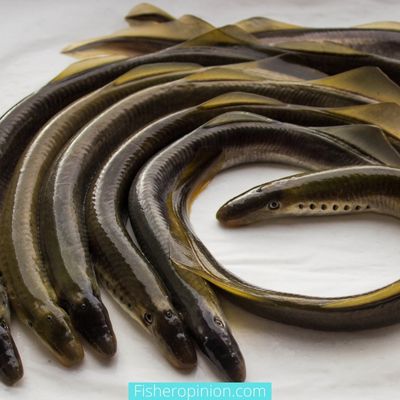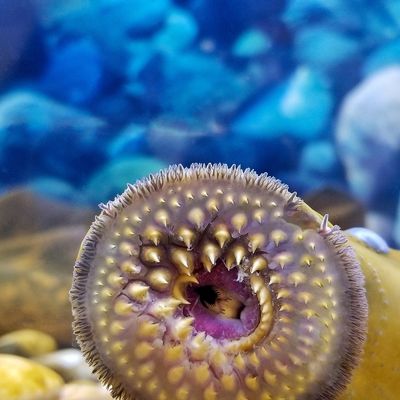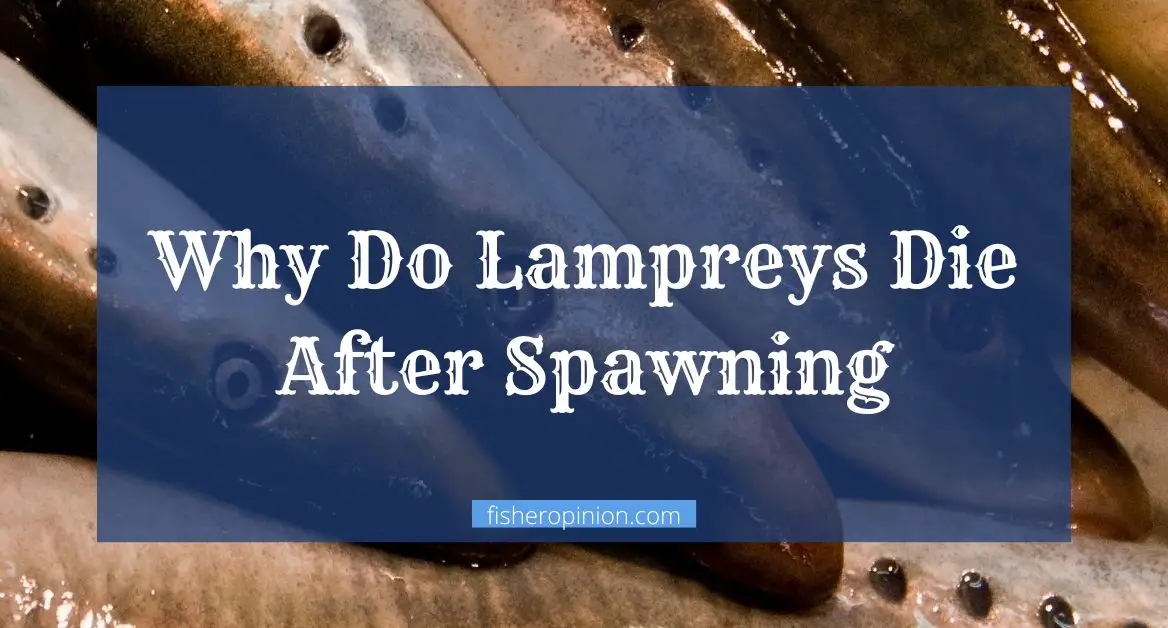Lampreys are a type of marine animal that lives in freshwater and saltwater habitats. They are known to spawn in the ocean, and then die soon after.

Do Lampreys Die After Spawning?
Lampreys typically die after spawning. This is because they are anadromous, meaning they live in salt water but spawn in freshwater. This change in environment can be stressful and cause them to die.
Why Do Lampreys Die After Spawning?
Lampreys Die After Spawning For a Few Reasons.
For one meaning they live in salt water but spawn in freshwater. This change in environment can be stressful and cause them to die. Additionally, they often fast during the spawning process and this can lead to starvation.
Another reason lampreys may die after spawning is because they are a migratory species. This means they travel long distances to find a suitable location to spawn. This journey is taxing on their bodies and can lead to death. Additionally, once they arrive at their spawning destination, they may not have enough energy left to actually spawn.
Lampreys are a type of eel-like fish that live in fresh or salt water and can be found all over the world. The adults die after spawning, as their intestines deteriorate and their bodies are attacked by fungus.
Finally, lampreys die after spawning because they typically only spawn once in their lifetime. This means that they put all of their energy into this one event and once it’s over, they have nothing left. This can lead to them simply dying of exhaustion.
What Is The Lifespan of a Lamprey?
Lampreys are eel-like, jawless fish that live in coastal and fresh waters. Lampreys have a life span of 3-7 years, but this can vary depending on the time spent in the larval stage. It can be highest 20 years.
What Kills a Sea Lamprey?
The primary method to control them is a lampricide called TFM which is used in freshwater.TFM is an organophosphate insecticide that kills sea lampreys by inhibiting acetylcholinesterase, an enzyme critical for nerve function. Sea lampreys have evolved resistance to TFM, but it still remains the most effective way of controlling them.
Some More Interesting Facts About Lamprey
Lampreys are a type of parasitic fish that is known for its unique appearance. They have long, slender bodies and mouths filled with sharp teeth. They are often considered a vampire fish by fishermen, as they are known to attach themselves to fish and feed on their blood.
Lampreys are thought to have originated during the Devonian period, which was over 360 million years ago. They are one of the oldest groups of jawless fish that are still in existence today.
Lampreys are believed to have seven pairs of gill openings. They also have a pair of eyes, although they are not very well developed. Lampreys do not have a swim bladder, which means that they are unable to control their buoyancy.
Lampreys are parasitic animals, which means that they attach themselves to other animals in order to feed on them. They are known to attach themselves to fish, amphibians, and even mammals.
Lampreys have a suction-like mouth that is filled with sharp teeth. They use these teeth to puncture their host and then they feed on their blood. This feeding process can last for hours, and the lamprey will often attach itself to several different hosts during its lifetime.
Do Lampreys Hurt or Bite People?

Lampreys are not harmful to humans.
Lampreys are eel-like fish that live in freshwater. They have a round mouth with teeth that they use to attach themselves onto other fish and suck their blood. They do not hurt people because they don’t live in the ocean and they don’t come into contact with humans.
Lampreys Life Cycle
Lampreys have a very interesting lifecycle.
Lampreys have a life cycle that is divided into two parts: larval and adult. The larval lampreys (called ammocoetes) live in the mud of freshwater habitats.
They are born in freshwater and then spend a few years there before migrating to salt water. They will live in salt water for the rest of their lives until they are ready to spawn. When they are ready to spawn, they will migrate back to freshwater. They will then spend a few weeks or months spawning before dying. This is the only time they will return to freshwater and it is also the only time they will spawn.
Conclusion
Lampreys are eel-like, jawless fish that live in freshwater habitats. They are known for their parasitic nature, feeding on other fish by attaching themselves to their prey and using a suction cup mouth to suck blood from them.


